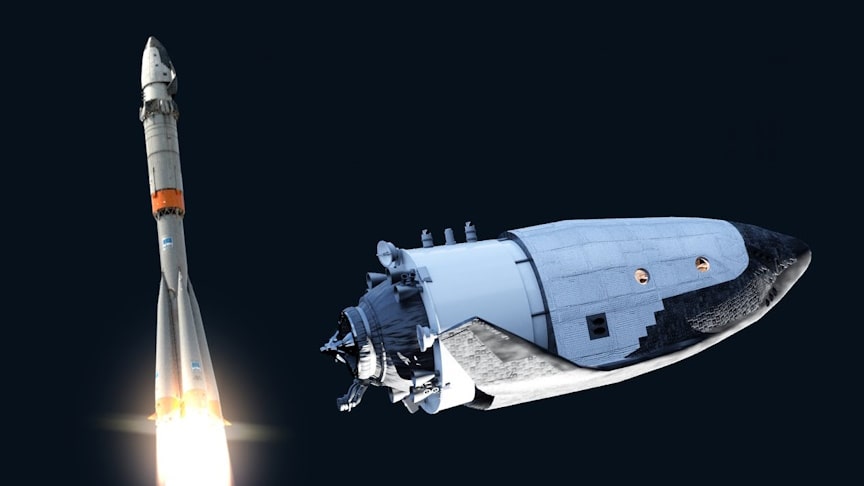The Kliper spaceplane was a proposed Russian reusable spacecraft intended for crewed missions to low Earth orbit (LEO), the Moon, and potentially Mars. Developed by RSC Energia, it aimed to be a successor to the Soyuz spacecraft and capable of transporting both crew and cargo to space.Key features and concepts associated with the Kliper spaceplane included:Reusability: Designed to be partially reusable, enabling multiple flights after refurbishment similar to the Space Shuttle program.
source.image: Hazegrayart
Crew Capacity: Planned to accommodate up to six cosmonauts for missions to the International Space Station (ISS) or other orbital missions.Launch Vehicle: Intended to be launched atop a variety of rockets, including the Soyuz-2 and Angara rockets, depending on mission requirements.Mission Capabilities: Envisioned for missions to the ISS, lunar expeditions, and potentially Mars missions, providing a versatile platform for various space exploration endeavors.
Landing System: Planned to return to Earth autonomously, with the ability to land on conventional runways, similar to the Space Shuttle, reducing the reliance on ocean landings.The Kliper project generated significant interest and anticipation, but it faced funding challenges and shifts in priorities within the Russian space program. Ultimately, the project was shelved in the mid-2000s in favor of other initiatives, such as the continued use and development of Soyuz spacecraft and modules for the ISS missions.
Advertisement
Developed from scratch.Equipped with four RD-0146E engines.Utilized cryogenically cooled liquid oxygen and liquid hydrogen as propellants.The basic concept of the engine was also intended for upper stages of the Proton-M and Angara launch vehicles.Designed primarily to replace the Soyuz spacecraft, Kliper was proposed in two versions: as a pure lifting body design and as spaceplane with small wings. In either case, the craft would have been able to glide into the atmosphere at an angle that produces much less stress on the human occupants than the current Soyuz.











